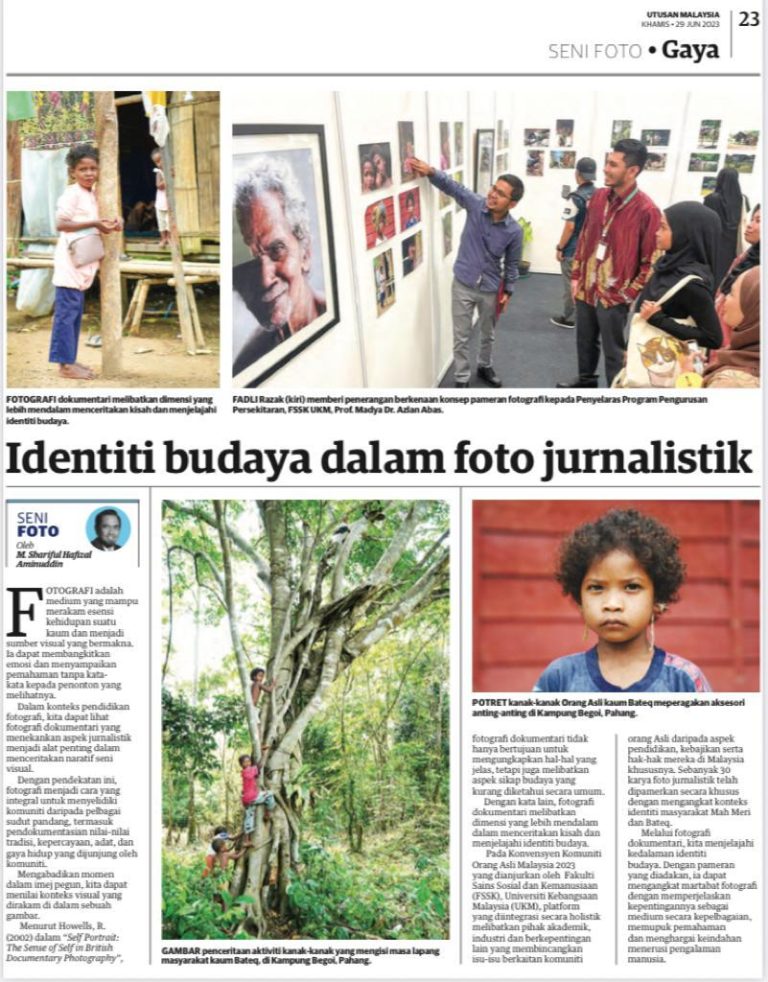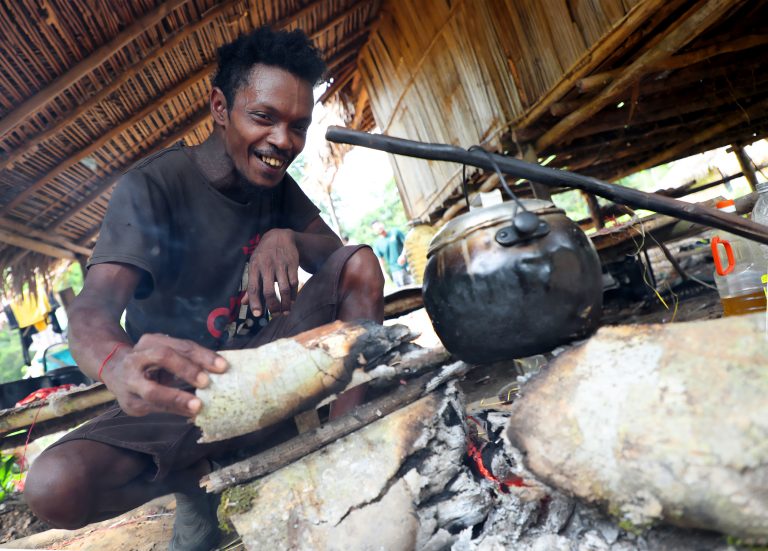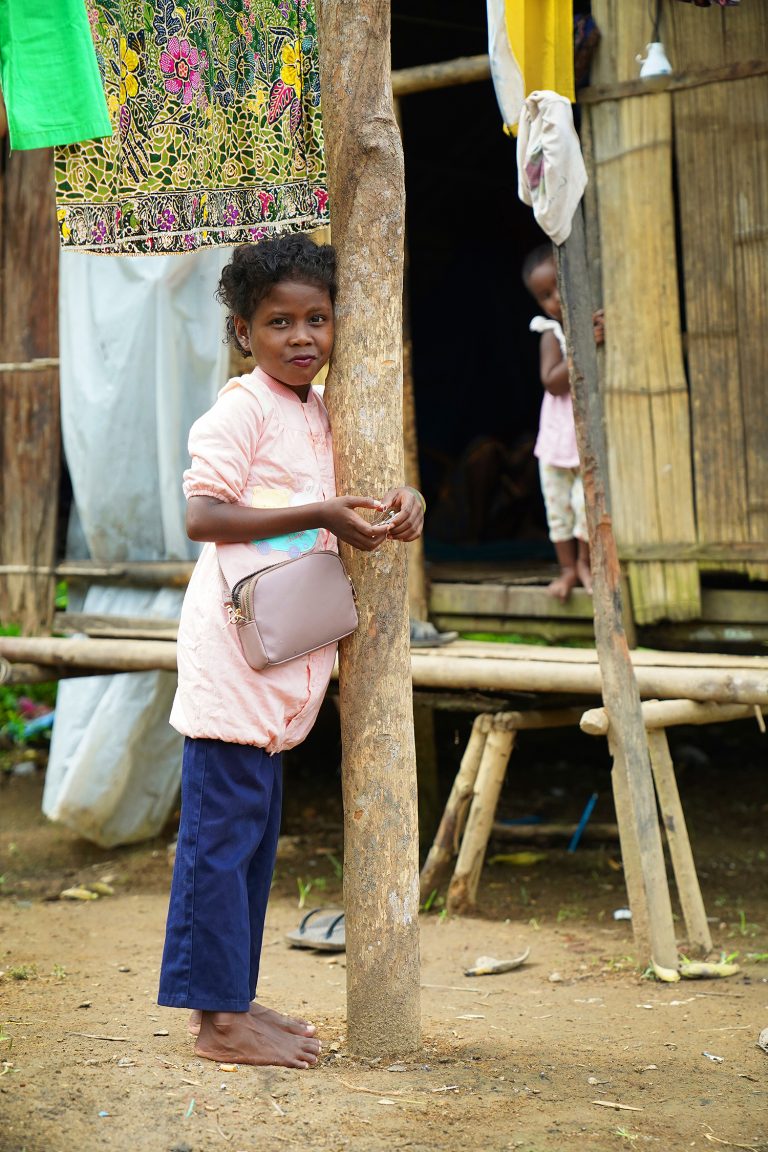BEYOND WORDS: EXPLORING THE POWER OF VISUAL NARRATIVES IN DOCUMENTING INDIGENOUS PEOPLE
Ts. M Shariful Hafizal B. Aminuddin
Greetings, photography enthusiasts! I have an exciting story to share with you. Recently, myself and a group of fellow photographers had the privilege of organising an exhibition at the prestigious “Malaysia Indigenous Community Convention 2023,” co-hosted by the RYTHM Foundation, the social impact initiative of the QI Group, and Universiti Kebangsaan Malaysia (UKM). The gathering comprised prominent organisations and institutions such as Yayasan Sime Darby, Quest International University, Institut Pendidikan Guru Kampus Ilmu Khas, The Malaysian Orang Asli Graduates Association, Universiti Teknologi Mara, and UIA Pagoh.
This event brought together academics, industry experts, and various stakeholders to discuss crucial issues surrounding the indigenous communities in Malaysia, such as education, welfare, and indigenous rights. Our exhibition featured an impressive display of 30 thought-provoking photojournalistic works, with a special focus on capturing the unique identities of the Mah Meri and Bateq communities.
In this article, I invite you on a journey into the depths of cultural identity. We’ll explore how the power of visualization, applied during the process of capturing images, can create compelling narratives that truly reflect the essence of a community. Together, we’ll discover the immense benefits that visualization theory offers to photographers, empowering them to tell stories that resonate with depth and authenticity. So, let’s dive into the world of visual storytelling and discover the transformative impact it can have on both the subjects and the audience.

Visualizing the lives and experiences of indigenous people has great significance within the context of documentary photography. Understanding the concept of visualization is crucial for photographers, as it entails the empathetic and subconscious process behind recording a photograph. By understanding this theory, photographers may enhance their artistic abilities and produce images that are both visually and intellectually inspiring.
Indeed capturing and portraying the narratives of indigenous communities involves tremendous power and responsibility. To highlight the distinctive benefits of visualizing indigenous cultures, the role of visual imagery, narrative techniques, and ethical considerations are involved. The discipline of image creation requires an in-depth understanding of visualization theory in addition to technical proficiency.

"Visual imagery helps a deeper connection with the audience, eliciting empathy and understanding of the unique challenges indigenous communities face. Through the visual representation of their experiences, documentaries can amplify indigenous voices and challenge misconceptions"
As emphasized by Nash (2011), observational visual documentary poses ethical difficulties. Nevertheless, through observation, it is possible to preserve the subject’s distinctive characteristics. Similarly, Manovich (2011) asserts the importance of direct visualization in a variety of disciplines. The theory of visualization entails conceiving and developing visual concepts through inquiry, observation, and drawing inspiration from other artists.
Visualization involves developing complex visual concepts while teaching yourself to perceive subjects with depth and significance. Understanding the structure and meaning of visual narratives, as emphasized by Cohn, Paczynski, Jackendoff, Holcomb, and Kuperberg (2012), enhances comprehension. It is a process that goes beyond mere observation, incorporating personal interpretation, feelings, and intentions into the captured image.

Visualization goes beyond merely capturing a subject; it resides within the domain of imagination. Aminuddin, MSH (2022) encourages photographers to imagine and conceive extraordinary images, thus maximizing their creative potential. By cultivating a distinct vision, photographers can create expressive and resonant images that resonate with viewers.
Understanding visualization theory equips photographers with the ability to approach their subjects with intention and purpose. It provokes critical inquiries regarding the subject’s significance, the intended tone, and the desired effect on the audience. Through this process, photographers gain a greater appreciation for the art of image creation, allowing them to convey narratives with greater substance, significance, and artistic excellence.


